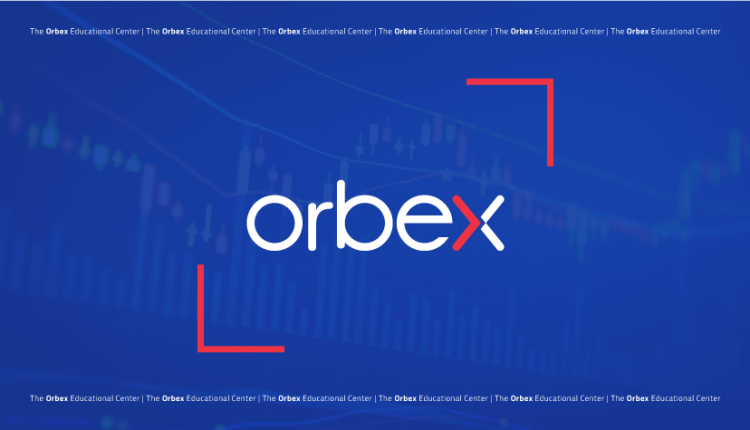FX Markets Monthly Outlook – January 2017

Traders and investors are likely to recover quickly from the Christmas and New Year break as the economic calendar starts off on a busy note during the first trading week of the year. On a monthly timeline, January is likely to see focus turning back to the economy and the fundamentals although there is a possibility that the central banks will be maintaining the status quo. Besides the usual scheduled economic events, the U.S. will see president-elect Donald Trump take office while in the oil markets, OPEC’s production cut levels officially kick in.
Here are the key events to look forward to in January for the forex markets.
December payrolls: The December payrolls report will offer insights into how the U.S. labor market ended the year 2016. With unemployment rate steady at 4.6%, a few deviations are unlikely to dent the sentiment much. However, there is wide agreement that the U.S. is running close to full employment and this is something that has been reflected in the pace of the average payrolls over the past few months, which has been consistently below the 200k mark.
UK Inflation: Inflation in the UK surged 1.2% in November as the British pound remains weak, although the exchange rate looks to be stabilized for now. Another month of higher print in the headline inflation on a year over year basis could see the Bank of England start to worry as inflation edges closer to the 2% target rate.

So far, the BoE has maintained that it will tolerate inflation to overshoot its 2% target rate which it expected over the course of 2017. However, a faster than expected rise to the inflation target could potentially see the BoE turn hawkish. The Article 50 will however likely see the central bank sit on the sidelines until there is more clarity into how the PM Theresa May will steer the country out of the EU.
ECB meeting: The European Central Bank will be meeting later this month. After announcing a cut to its QE and an extension at the December meeting, the ECB could be seen staying on the sidelines at its meeting this month. Focus will however turn to the developments in the banking sector especially for Italy which is seen struggling to plug the bad debt among its banks. As for monetary policy, the January’s ECB meeting will most likely be a non-event.
Donald Trump takes office: On January 20th, Donald Trump will officially take office as the 45th President of the United States. Comfortable with courting controversy, the markets are likely to remain cautious especially in the first few days after taking oath. Confrontations with China, building a wall at the Mexican border, relationship with Russia and the U.S. policies in the Middle-east are just some of the few factors that will potentially keep traders on the edge. Expect to see some reaction from the safe haven bonds and gold.
Australia inflation: The quarterly inflation figures from Australia will be coming out during the final week of January. The data is expected to influence the RBA’s subsequent meetings. At the most recent released, the quarterly inflation data from Australia showed a modest increase of 0.7% from the previous quarter, rising from 0.4%. On an annualized basis, Australia’s inflation rate rose 1.3%.

A continued improvement in the fourth quarter results could see inflation slowly edge back to the lower range of the RBA’s inflation target band of 2 – 3%. The bias is for higher inflation as oil prices have also risen sharply during the period. The RBA could potentially stay on the sidelines at least in the first quarter of the year subject to any modest improvements in inflation.




![Credit Card 160×600 [EN]](https://assets.iorbex.com/blog/wp-content/uploads/2023/06/13144507/Blog-Banner_EN-Banner_160X600X2.webp)